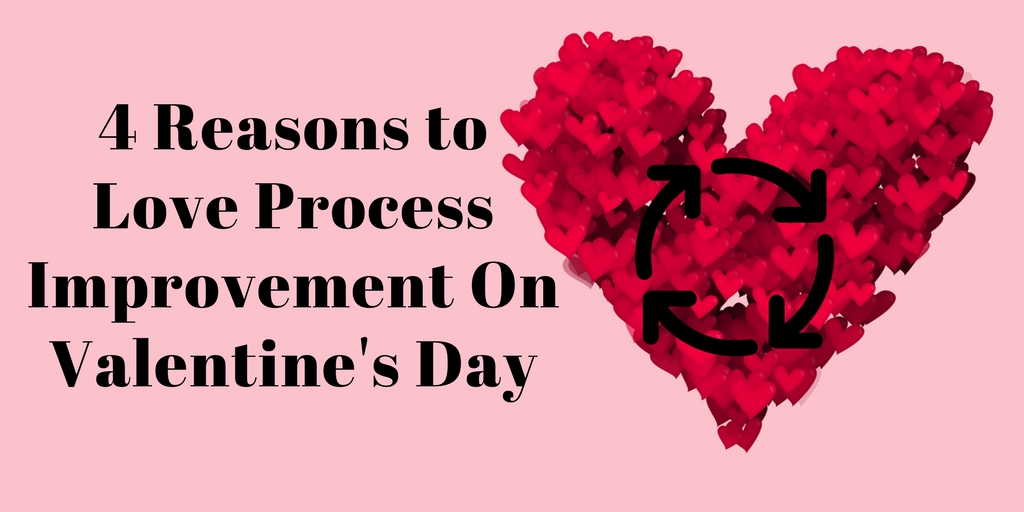For me process, much like love, makes the world go round.
 Many of you are probably already familiar with the story about how I realized that at my core I’m a process person. But actually the love of process really goes as far back as elementary school. In the third grade we had to write an essay “How To Make a Peanut Butter Sandwich” and the step-by-step progression of how something got accomplished just seemed so right. That could be because I’m an analytical person by nature, but I still hold firm to the idea that the easiest way to teach how something works is by breaking it down into its component parts—or the steps of a process. However the orderly decomposition of work is not the only appeal of processes.
Many of you are probably already familiar with the story about how I realized that at my core I’m a process person. But actually the love of process really goes as far back as elementary school. In the third grade we had to write an essay “How To Make a Peanut Butter Sandwich” and the step-by-step progression of how something got accomplished just seemed so right. That could be because I’m an analytical person by nature, but I still hold firm to the idea that the easiest way to teach how something works is by breaking it down into its component parts—or the steps of a process. However the orderly decomposition of work is not the only appeal of processes.
So why should we all love process?
A few benefits of process include:
-
It creates clarity.
-
It creates consistency.
-
It aligns efforts.
-
It connects us.
Clarity
A visual representation of processes (be it a hierarchal list or a process flow diagram with swim lanes) tends to bring how we conduct work to life. It helps us not only understand everything that goes into our work but also helps us share that information with others. Furthermore by organizing our processes we are able to establish a common language for how we talk about activities within the organization. All of which helps improve communications, collaboration, and even performance management.
Consistency
If organizations standardize their processes across disparate groups then the outcome of the process should remain relatively the same, regardless of who executed the steps. This ensures the quality of the end product of the work does not rely solely on the individuals’ capability. Also this makes certain that process outputs will remain consistent regardless of who conducts it—ultimately resulting in a consistent customer experience.
Alignment
To truly know how to improve an organization’s performance it must first understand how to effectively get work done and that means understanding how well its processes are performing. A solid process foundation helps organizations tie the day-to-day work to the organization’s goals and objectives. For example if the organization’s primary goal is to improve its customer satisfaction it can then identify what drives customer-satisfaction (e.g., customer service or product quality) and what are the processes associated with these drivers.
Connection
One thing that unfortunately gets disconnected when we talk about process is that it involves people. Process management, if done right, helps people connect around the work they are accomplishing. This is especially true when organizations create end-to-end process or use SIPOCs. Both approaches require identifying the individuals providing the inputs for a step in the process and the receivers of its outputs. This not only helps us understand the dependencies between roles and groups but also tends to improve the handoff process.
These are only a few of my favorite reasons why I love process. What are some of yours?
Also to better understand the ins and outs of process and its applications APQC is conducting a survey on how organizations use APQC's Process Classification Framework ® (PCF). Please take a few minutes to share your insights by completing a survey on your organization’s process management and governance practices, how you are using the PCF, your adoption and implementation practices, and the challenges you face using the PCF. For more process and performance management research and insights, follow me on twitter at @hlykehogland or connect with me on LinkedIn.